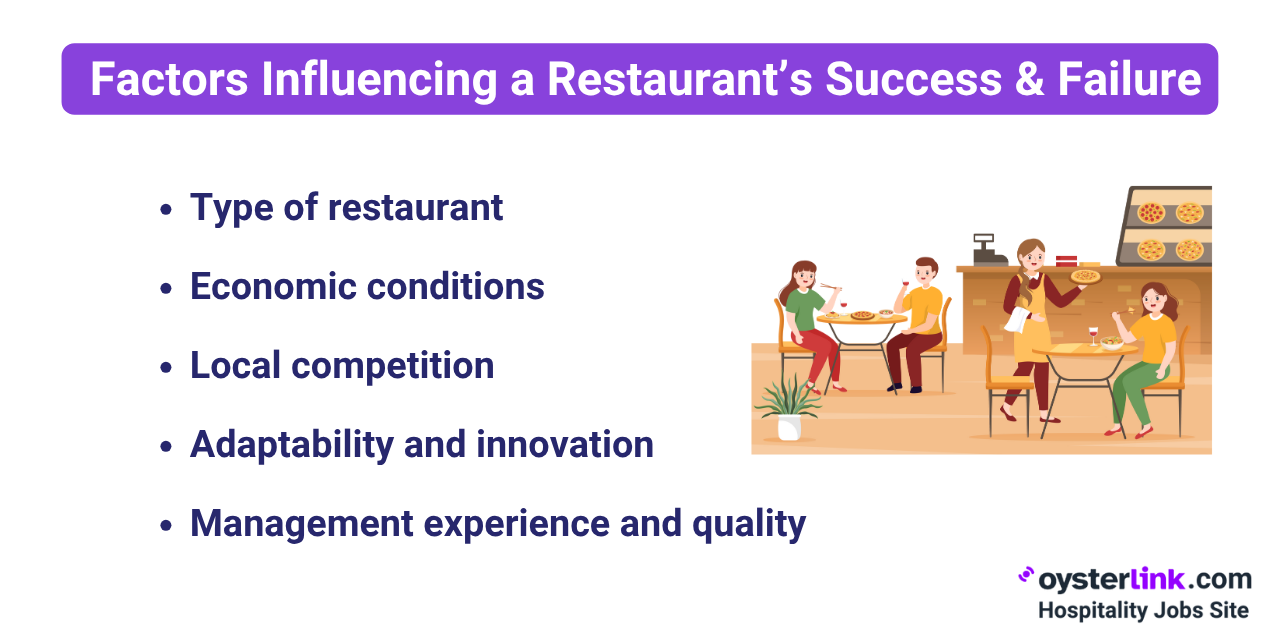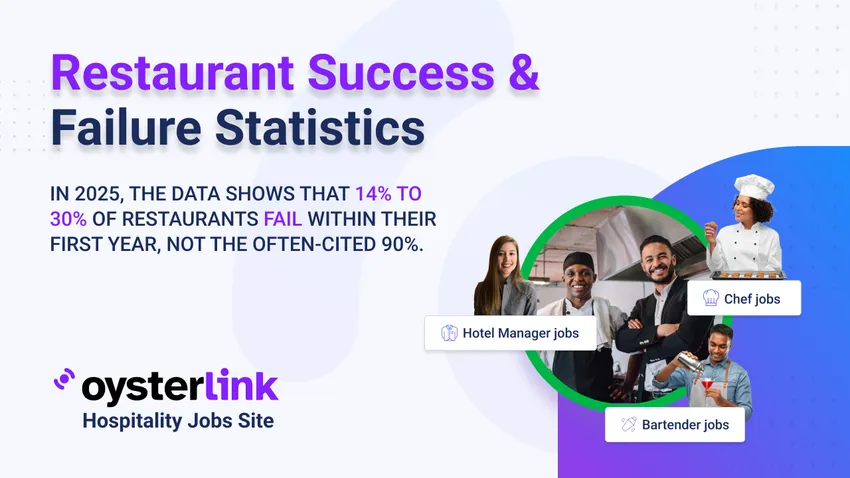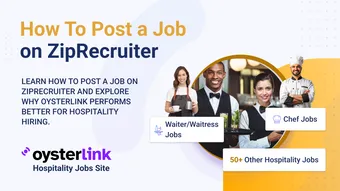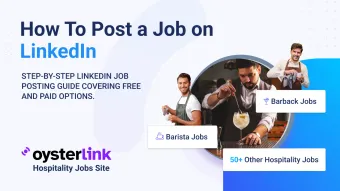Restaurant success and failure statistics 2025 reveal the truth behind which restaurants make it — and which don’t.
In an industry defined by razor-thin margins and rising costs, understanding these numbers could be the difference between thriving and closing your doors.
How Often Do Restaurants Fail? Industry Statistics Explained
Many people believe that 90% of new restaurants fail in their first year, but this number is a myth. In reality, the failure rate for new restaurants is far lower.
A study by economists at the University of California, Berkeley found that only about 17% of full-service restaurants closed within their first year.
Meanwhile, the National Restaurant Association estimates that the average first-year failure rate for restaurants in general is closer to 30%.
Government data backs this up as well. According to the Bureau of Labor Statistics (BLS), about 14% to 22% of food and accommodation businesses close within their first year.
Failure Rates After the First Year
Research shows that about 30% of restaurants close within the first three years, and about 50% shut down by year five.
In some cases, failure rates are reported to be even higher — up to 80% within five years.
Over the long term, survival becomes even tougher. Fewer restaurants make it to the 10-year mark, showing just how hard it is to stay in business for the long haul.
Restaurant Success Rate Statistics: Looking at the Flip Side
Based on recent aggregate data:
- 83% of restaurants survive their first year
- Around 70% of restaurants make it to the three-year mark
- Roughly 50% of restaurants are still open after five years
However, staying open beyond 10 years is much harder, with survival rates dropping significantly at that point. In fact, only around 34.6% of restaurants make it past the 10-year mark.
Franchise vs. Independent: Comparing Restaurant Survival Rates
Franchise restaurants tend to have a better chance of long-term success compared to independent ones.
This may be because they already have brand recognition, proven systems and support from a larger network.
So, while it’s true that running a restaurant comes with real challenges, many do find lasting success.
Factors Influencing Restaurant Failure and Success
Several big-picture factors play a major role in whether a restaurant thrives or fails:
- Quick-service restaurants fail less often compared to fine-dining establishments.
- Things like inflation, rising wages and supply chain problems can squeeze profits.
- Restaurants that know how to adjust prices and cut costs during tough times usually survive better.
- Opening a new restaurant in an area already full of similar places makes it harder to stand out.
- A smart, experienced management team is key. Good leaders help the restaurant run smoothly.
- Restaurants that embrace technology are more likely to keep up with customer expectations.

See also: How To Be a Successful Restaurant Owner: 11 Tips & Strategies That Work
Conclusion: The Truth Behind Restaurant Success and Failure Statistics
The “90% failure myth” often deters aspiring restaurateurs, but credible data shows the industry’s risks are far more reasonable.
While most restaurants don’t fail in their first year, lasting success requires a solid business plan, financial discipline, clear customer focus, great service, and adaptability.
Whether you’re launching your first concept or expanding your team, OysterLink heps you find the right people and opportunities to build a thriving restaurant.









Loading comments...